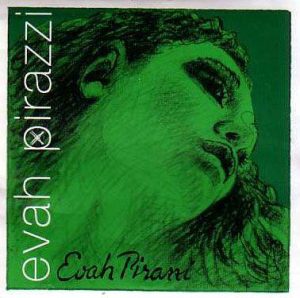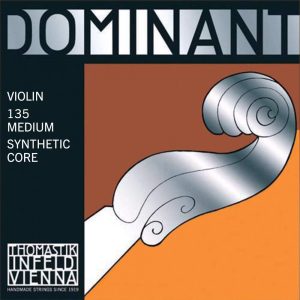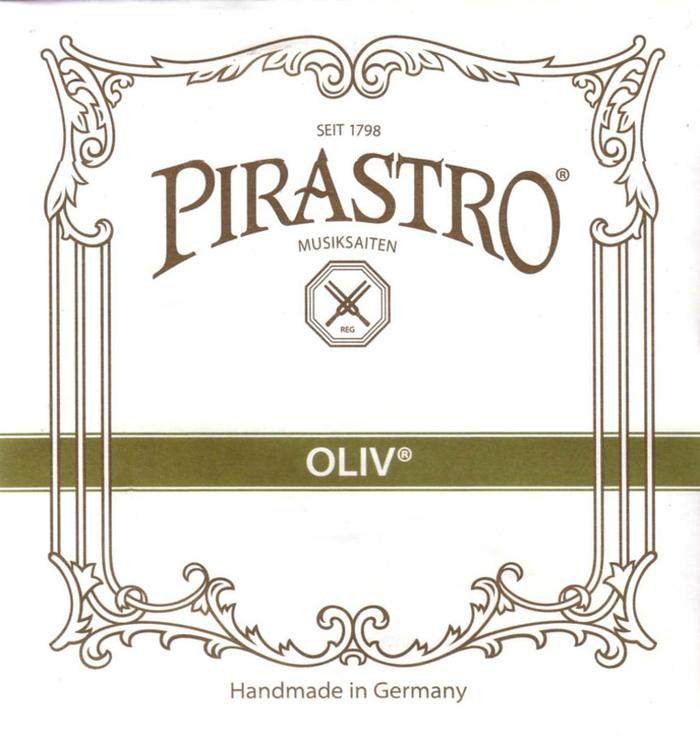5 Best Violin Strings Professional Review
You can find many different brands and types of violin strings on the market, but it is easy to get confused when deciding which violin strings fit your instrument best. What are the best violin strings and how to choose them?
Strings are an essential part of the violin since they vibrate and produce sound. Each set of strings is different: Some are brighter and louder, while others add more tone and warmness to your sound or enhance your violin’s performance and clarity. For a string set, prices start from $20 and can go up to $150, depending on the brand and quality. Keep in mind: strings can last anywhere from 3-4 months up to a few years before you need to replace them. Usually, we change the strings every six months because they can stretch and lose their properties with time, resulting in false intonation, dull tone, and vague attack. I have tried many different brands and found strings that suit my instrument better and also sound good on other violins.
My top 5 picks
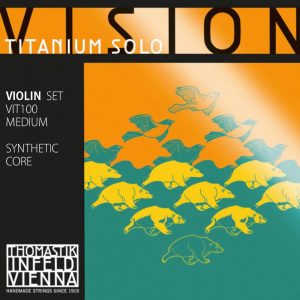
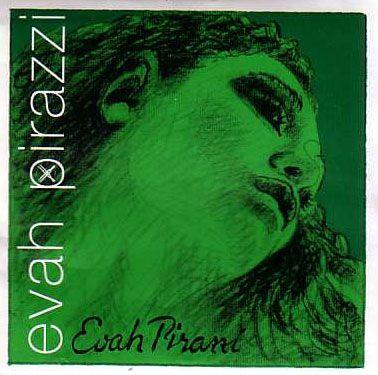

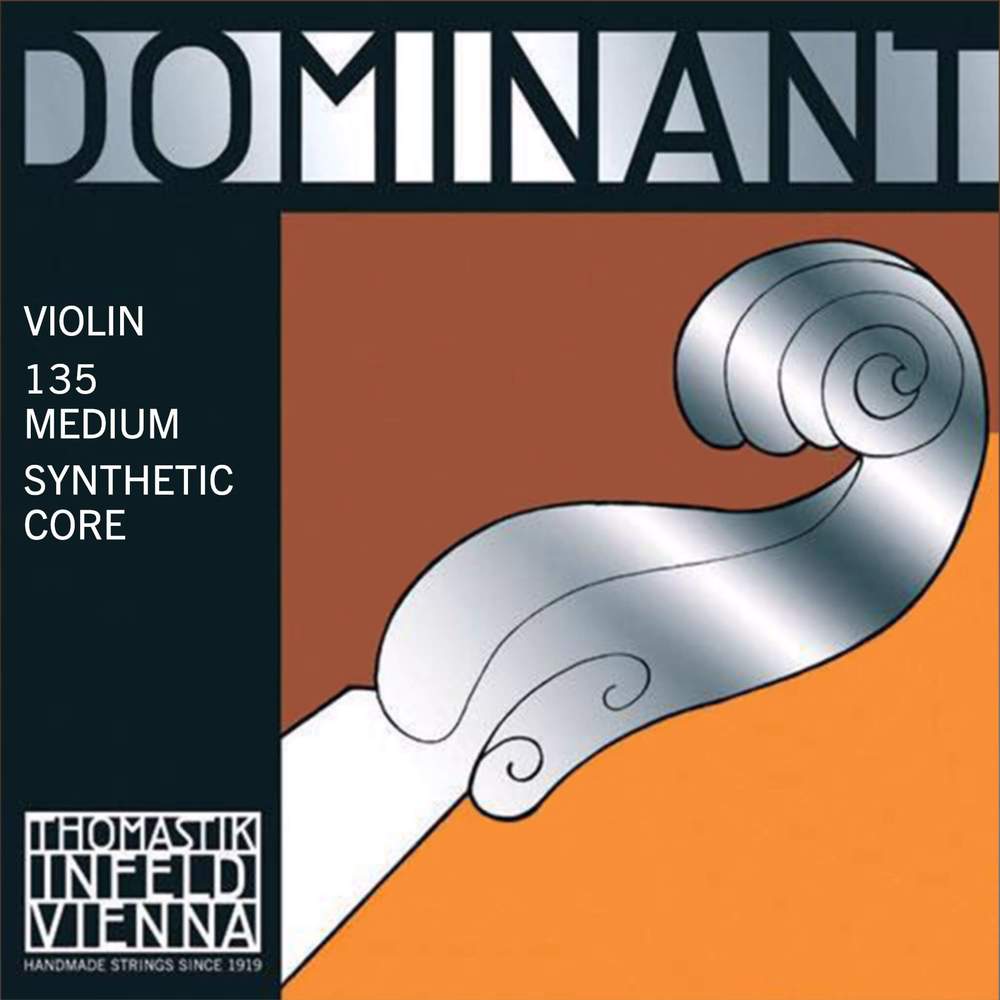

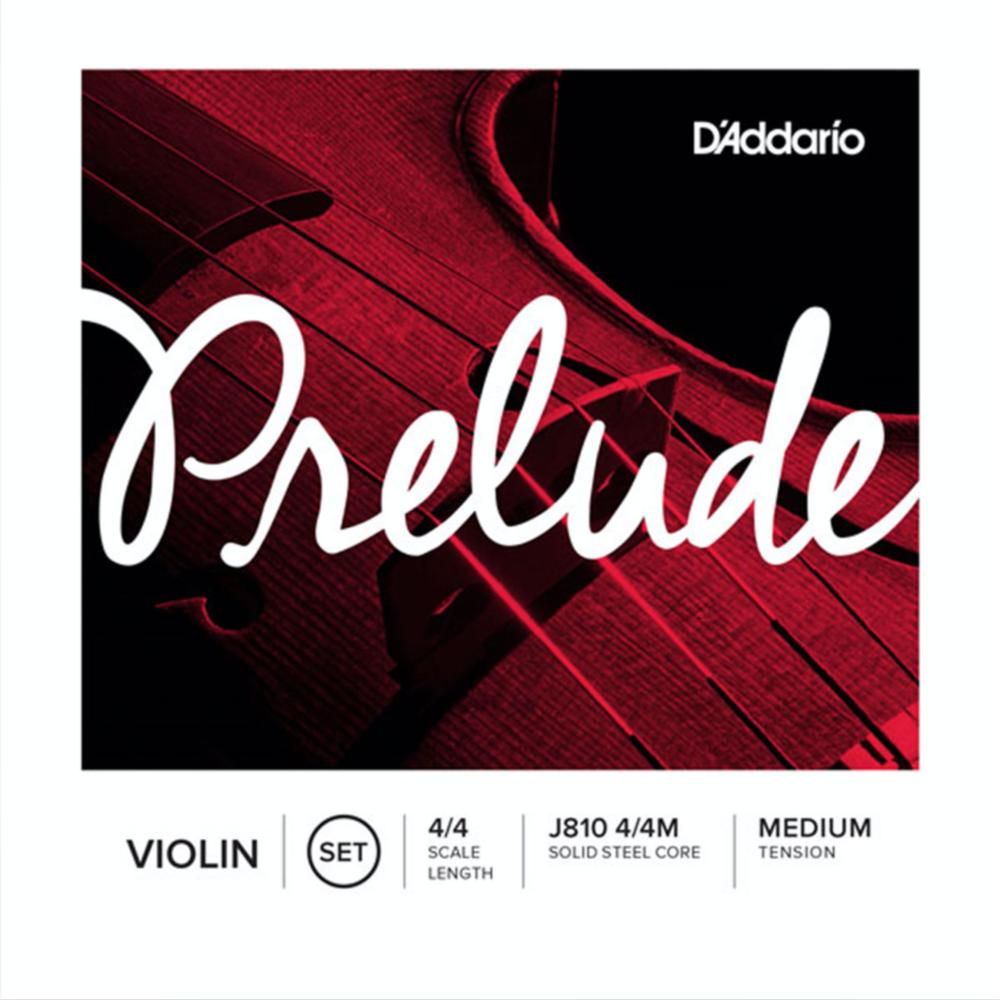


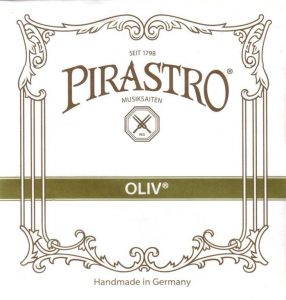

Thomastik Vision Titanium Solo Violin Strings Set, Titanium 4/4 Size
Thomastik Vision Titanium strings produce focused sound and are the choice of many professional musicians around the world. They have powerful projection and brightness. I like them for their big sound and color. They are more expensive than others, but on the other hand, they last more than the average set of strings. They usually settle (break-in) in one or two days and open their sound in under a week. These strings are suitable for those who want their sound to be more brilliant and focused. If you feel that your sound is muted and dull, this set of strings would be a better choice for your instrument. They feature a synthetic core designed to compete with Pirastro’s Evah Pirazzi. So far, I have been delighted with their playability and response.
Pirastro Evah Pirazzi 4/4 Violin String Set - Medium Gauge - With Loop-End Gold-Plated E
These strings are designed for soloists and have a beautiful tone and projection. They also have a synthetic core made from a modern synthetic multifilament fiber. The sound is intensive and powerful, with excellent response time and clean attack. These strings will undoubtedly make you stand out from other musicians. Despite excellent projection characteristics, their sound is complex and rich with overtones and dynamic ranges.
On the flip side, I wish they would last longer. I like Eva Pirazzi a lot, and there is a reason they have such a high price. If you have upcoming concerts or constantly perform, they would be a great addition to your instrument. I used them in college quite a bit, and now, if I have an upcoming concert or an audition, I don’t hesitate to spend extra money on this set.
If your instrument has a darker tone, these strings can balance it perfectly. I recommend trying them because they are one of the best on the market.
Thomastik Dominant 4/4 Violin String Set - Medium Gauge - Steel Ball-End E
Thomastic Dominant Violin Strings have the reputation of durable and most popular strings among all violinists. Their stable pitch, flexibility, and warm tone make them so popular and widely recognized. They have a very long life and can last a long time without losing their potential. Dominants come in different lengths and gauges, so you will be able to find the right size for you or your child, depending on the size of your instrument. I recommend changing their E string to Goldbrokat E, Jargar E, or Pirastro gold E string.
When you first install them, don’t be afraid of the metallic sound; it will settle in a few days, and in a week, you will be able to enjoy a warm and rounded tone. This violin string set is a great place to start and to upgrade your older strings.
Prelude (D'Addario)
Unlike the previous strings discussed, D’Addario manufactures Prelude using a solid steel core. Solid steel core strings have higher tension, sound brighter, and are unaffected by humidity and climate changes.
Prelude strings are the first choice for educators and students. Their value is unquestionable because they combine warm sound, intense projection, and a low price tag. Keep in mind that steel core strings will not have the same warm and rich sound as synthetic ones. These strings may sound too harsh and bright for some people, but if you are a beginner, this would be a good and economical choice to start your musical journey.
Pirastro Oliv Violin String Set
Pirastro Oliv is one of the best gut core strings you can find on the market because they are rich and complex in their sound and manufactured by hand.
Compared to synthetic strings, you will never find such a complex and rich sound as Pirastro Oliv gut strings. The sound is alive, and the balance between the G, D, A, and E strings is almost unnoticeable. These strings are the best when playing on a more expensive instrument because they allow you to use the full potential of your violin. Although these strings are on the more expensive side, their lifespan is way above the normal average, and they will last longer than usual.
What to look for when you buy violin strings
Types of strings and their core material
Strings can be made using three different materials such as gut, steel, and synthetic. Therefore, we divide all strings into three categories: synthetic strings, steel strings, and gut strings.
Synthetic core strings
Synthetic strings were introduced about 40 years ago by the company Thomastic-Infeld with a core made of perlon, which is a type of nylon. Dominants were the first strings with instant success, and they are still considered one of the best synthetic strings you can find. This type of string stands between steel and gut strings: it produces warm and rich sound and projects well. Later on, other materials were added to the core in order to improve the complexity of the sound and its characteristics. It can also be called a composite core because of all materials combined.
Gut core strings
Gut strings were the original type of strings invented centuries ago.
Gut strings are made of sheep intestines, have lower tension and more complex tone and overtones, and feel softer. This type of strings is mainly used in baroque music and by professional musicians to achieve a wide palette of sound and tone. The drawback is that they need more frequent tuning than other types of strings, especially under changing weather conditions.
Steel core strings
Introduced around the 1900s, steel score strings were primarily designed to provide enhanced tuning stability and a faster break-in time. Solid steel core strings are mainly used among beginners and fiddlers and usually are lower priced than their rivals. Almost all popular E strings have a solid steel core, which creates a fast response time and bright sound. The drawback is their tone, which is no match for synthetic or gut core strings.
Final thoughts on choosing new violin strings
If you are a beginner and not limited in price, my advice would be to try Dominants, Thomastic Vision Titanium Solo, or Evah Pirazzi. Otherwise, steel core strings such as Prelude or Pirastro Chromcor are a decent choice, too. If you are not a beginner and have a more professional violin, you should try Vision Titanium Solo or Evah Pirazzi.
Keep in mind that steel core strings are much brighter and easier to tune but have no complex sound. Synthetic strings have longer break-in time but are more flexible, softer, and richer. I personally prefer synthetic strings, but I used to play on Pirastro Chromcor when I was a student and loved them, too.
How to hold a violin bow for beginners- read here
Vibrato on violin: How to do it effortlessly
I would love to answer any questions related to violin lessons and violin playing. You can email me at [email protected] or book your free trial lesson here.

